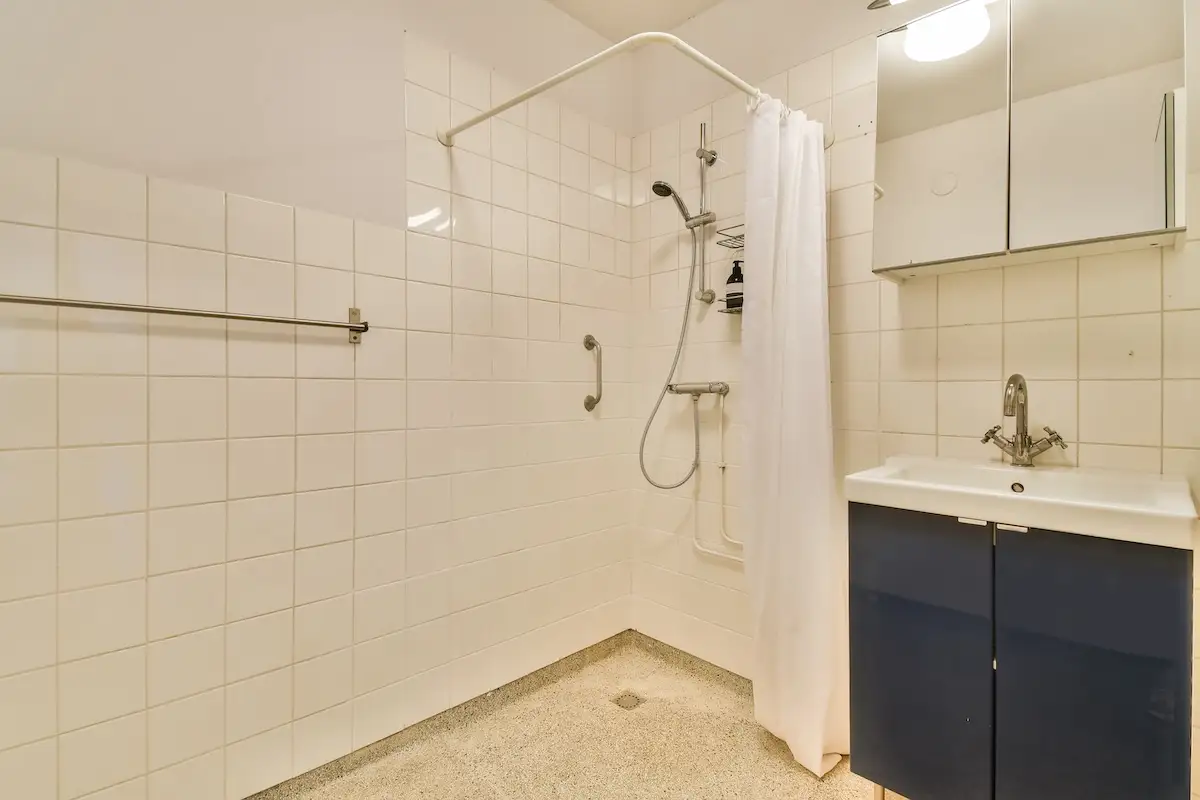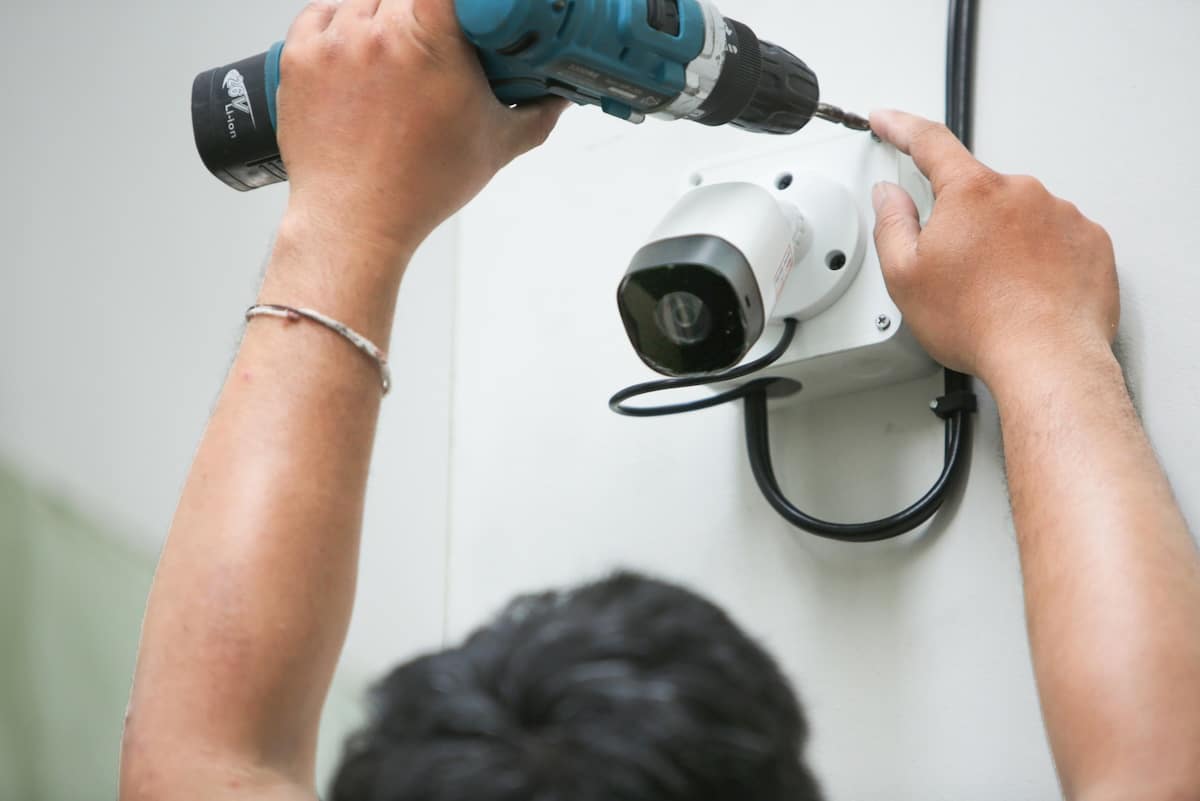When it comes to making bathing easier and safer, accessible showers play a significant role. Whether you’re designing a new bathroom or remodeling your existing one, considering accessible features can make a world of difference. Accessible showers are designed to be safe, convenient, and comfortable for everyone, especially those with limited mobility, seniors, or anyone who needs extra assistance.
In this blog, we will explore the top features of accessible showers that can transform your daily routine, giving you the independence and comfort you deserve. We will also discuss different types of accessible showers, including wheelchair accessible showers, handicap accessible showers, and how these spaces can help seniors enjoy a safer bathing experience.
Understanding Accessible Showers For Seniors
Accessible showers are specifically designed to meet the needs of people with disabilities, seniors, or anyone who might find it difficult to bathe in a standard shower. These showers provide ease of access, safety, and comfort. They are often built with features like low thresholds, grab bars, and non-slip flooring, allowing individuals to shower independently or with minimal assistance.
Accessible showers can be customized based on specific needs, ensuring that everyone gets the support they need. Whether you are looking for a solution for a loved one, a senior, or for yourself, an accessible shower can make a huge difference in creating a safer bathroom environment.
Top Features of Accessible Showers For Seniors
1. Low Threshold or No Threshold Entry
One of the most important features of accessible showers is the low or no-threshold entry. For people with limited mobility or those in a wheelchair, stepping over a high curb can be dangerous and difficult. A no-threshold or low-threshold shower allows you to simply walk into the shower without the need to step over a barrier.
This feature makes accessible showers perfect for seniors, people recovering from surgery, or those who use mobility aids like walkers or wheelchairs. The smooth entry into the shower provides a safer and easier way to bathe without worrying about tripping or falling.
2. Wheelchair Accessible Showers
For those who use wheelchairs, wheelchair accessible showers are a game changer. These showers are spacious enough to accommodate a wheelchair comfortably, allowing you to bathe without feeling cramped. The design is created with wheelchair users in mind, making sure that there is enough space to move around and transfer from the wheelchair to a shower bench if needed.
Wheelchair accessible showers also come with features like handheld showerheads and adjustable shower seats, which make it easier to shower independently. These showers are not only functional but also stylish, ensuring that your bathroom remains a pleasant place to relax.
3. Grab Bars for Support
Grab bars are an essential feature in accessible showers. These sturdy bars provide support and stability, allowing you to maintain your balance while showering. Grab bars are especially important for seniors or anyone with limited mobility who may need extra assistance to avoid slipping or falling.
These bars can be placed strategically throughout the shower—near the entrance, inside the shower, or near the shower seat—depending on your needs. They can be installed in both wheelchair accessible showers and handicap accessible showers, ensuring maximum safety and comfort for all users.
4. Non-Slip Shower Floor Tile
One of the most important safety features of accessible showers is a non-slip shower floor. Slipping in the shower is a common risk, especially for seniors or people with limited mobility. Non-slip shower floor tiles are designed to prevent slips and falls by providing a textured surface that grips your feet even when the floor is wet.
When selecting tile for your shower floor, smaller is better. A 1”x1” or 2”x2” tile is preferred as it increases the amount of grout, which also increases traction. These small format tiles come in a variety of options and you can choose the tile that best suits your style and needs. Installing non-slip shower floor tiles in your accessible shower can give you peace of mind, knowing that you are safe from slipping while you bathe.
5. Handheld Showerhead
A handheld showerhead is another must-have feature in accessible showers. It allows you to direct the water where you need it, whether you’re sitting or standing. Handheld showerheads are especially helpful for individuals with limited mobility, as they make it easier to shower without straining or reaching.
The flexibility of a handheld showerhead makes it easier to wash your body and hair without assistance. Whether you’re using a wheelchair or simply prefer more control over the water flow, a handheld showerhead will enhance your bathing experience.
6. Shower Seat for Comfort
A shower seat is an incredibly useful feature, especially in accessible showers for seniors or people with disabilities. These seats can be installed as built-in benches or as fold-down chairs that can be tucked away when not in use. A shower seat provides comfort and support, allowing you to sit and bathe comfortably without having to stand for long periods.
For people who experience fatigue, dizziness, or pain while standing, a shower seat offers a safe and relaxing way to shower without feeling unstable. Whether you choose a fold-down seat or a built-in bench, having a shower seat is an essential part of making your accessible shower both practical and comfortable.
7. Adjustable Water Controls
In accessible showers, it’s important to have easy-to-use water controls that can be adjusted to your preference without strain. This is particularly important for seniors or people with arthritis, as they may struggle with tight faucets or hard-to-turn knobs.
Many accessible showers feature large, easy-to-grip “lever-style” handles, allowing you to adjust the temperature and water flow with ease. Some models even offer digital controls, which let you set your preferred temperature and water pressure with just a few taps. With adjustable water controls, you can enjoy a hassle-free shower every time.
8. Customizable Shower Space
Accessible showers are highly customizable to fit your specific needs. Whether you need more space to maneuver a wheelchair, a built-in shower seat, grab bars or just a more comfortable bathing experience, you can design your accessible shower with your needs in mind.
For wheelchair users, a larger, open design is ideal, while seniors may prefer a space with built-in support features like grab bars and a shower seat. Customization ensures that you get the most out of your accessible shower, making it easier and safer to bathe on your own terms.
9. Lighting and Ventilation
Good lighting and ventilation are essential in accessible showers. Proper lighting ensures that you can see clearly while bathing, reducing the risk of accidents. Motion-activated lights or well-placed overhead lights can make it easier for you to see without having to reach for a switch.
Ventilation is just as important to avoid moisture buildup that could lead to mold or mildew. Installing an exhaust fan or ensuring your shower has proper ventilation can help maintain a healthy environment and keep your accessible shower in top condition.
How to Plan for an Accessible Shower?
If you’re considering installing an accessible shower in your home, the planning process is crucial to ensure that all your needs are met. Here are some key steps to follow when planning for an accessible shower:
1. Assess Your Needs
The first step in planning your accessible shower is to assess your specific needs. Think about your current mobility level, any challenges you face in the shower, and the features that would make your bathing experience safer and more comfortable. If you’re designing the shower for a loved one or someone else, be sure to discuss their specific requirements as well.
Consider whether you need a wheelchair accessible shower, a shower with a seat for seniors, or one with extra safety features like grab bars and non-slip floors. This will help you determine the design, size, and features that will work best.
2. Consult a Professional
Although it’s possible to install some accessible shower features yourself, it’s a good idea to consult with a professional to ensure the shower is designed and installed correctly. A contractor or bathroom designer with experience in accessible design can help you create a shower that meets all safety and functionality standards.
They can also help you with the layout of the bathroom, ensuring that there is enough space for the accessible shower, and that all necessary plumbing and electrical requirements are met.
3. Choose the Right Materials
Selecting the right materials for your accessible shower is an important part of the planning process. You’ll want materials that are durable, safe, and easy to maintain. Non-slip shower floor tiles are essential for preventing slips, while high-quality grab bars and a comfortable shower seat can make a big difference in daily use.
It’s also important to choose materials that are resistant to water damage, like waterproof tiles or easy-to-clean acrylic walls. Consult with your contractor to choose materials that are both functional and stylish.
4. Design for Future Accessibility
When planning for an accessible shower, think about future needs as well. You may not need every accessible feature right now, but it’s a good idea to design your shower in a way that allows for easy upgrades in the future. For example, leaving space for grab bars or a shower seat that can be added later on is a simple way to ensure that your shower can adapt to your changing needs.
By planning ahead, you can create a bathroom that’s not only accessible today but also adaptable for the future.
You Should Consider an Accessible Shower Today!
If you’re looking to make your bathroom safer, more comfortable, and more functional, an accessible shower is the perfect solution. Whether you or a loved one is dealing with mobility issues, aging, or simply looking for a safer way to bathe, accessible showers offer the features that will make a significant difference.
For expert assistance in transforming your bathroom into a safer and more accessible space, consider reaching out to Age-Proof Homes. The team of professionals specializes in creating age-friendly living spaces, including accessible showers that are tailored to your specific needs. contact us today to learn more about how they can help you design the perfect accessible shower for your home.
FAQs (Frequently Asked Questions)
1. What is the difference between wheelchair accessible showers and handicap accessible showers?
Wheelchair accessible showers are specifically designed to accommodate individuals who use wheelchairs, offering enough space for easy movement and transfer. Handicap accessible showers are broader in scope, designed to be accessible for people with various disabilities, which may include mobility challenges, vision impairments, or other physical limitations. Both types are designed for safety and ease of use, but wheelchair accessible showers focus more on space for mobility devices.
2. Are accessible showers only for seniors or those with disabilities?
No, accessible showers are not exclusive to seniors or individuals with disabilities. While they are primarily designed to provide safety and comfort for those with mobility challenges, they can benefit anyone looking for a safer, more convenient bathing experience. Accessible features like low-threshold entries, grab bars, and non-slip flooring can enhance bathroom safety for anyone in the household.
3. How do I ensure the safety of my accessible shower?
To ensure safety in your accessible shower, make sure it includes key features like non-slip flooring, grab bars, a shower seat, and a handheld showerhead. Install lighting that’s easy to navigate, and ensure there’s proper ventilation to prevent mold buildup. It’s also important to keep the shower area clutter-free and regularly check the functionality of all safety features.
4. Can I install an accessible shower in my existing bathroom?
Yes, you can install an accessible shower in most existing bathrooms. Remodeling options include installing a low-threshold shower base, adding grab bars, and replacing traditional tiles with non-slip alternatives. It’s always recommended to work with a professional to assess your bathroom’s layout and make sure the installation meets all accessibility requirements.
5. What are the benefits of installing a non-slip shower floor tile?
Non-slip shower floor tiles are designed to provide a textured surface that helps prevent slipping, especially when the floor is wet. This is particularly important for seniors or people with mobility issues who are at higher risk of falling in the bathroom. These tiles provide increased safety and peace of mind, reducing the likelihood of slips and falls while showering.



